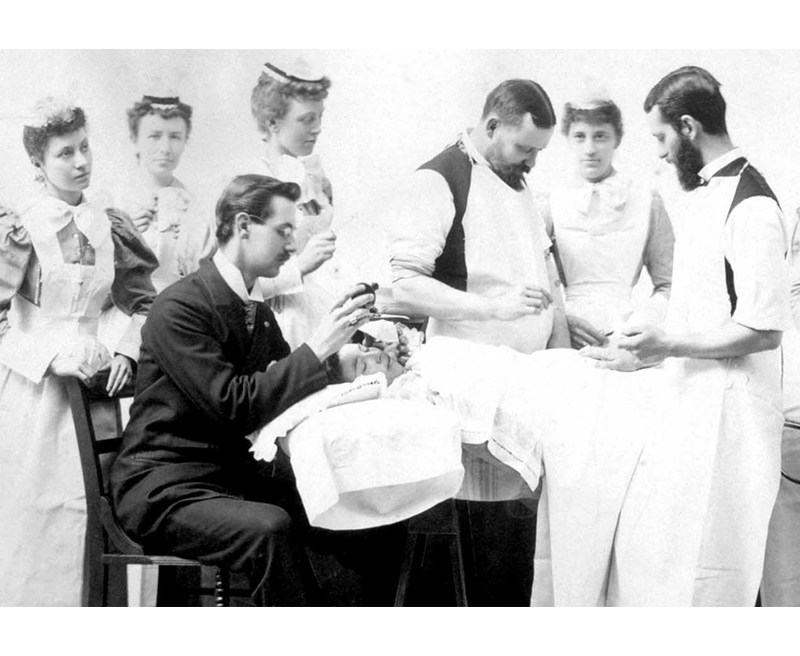
Bei der Haartransplantation werden Haarfollikel aus dem Spenderbereich transplantiert Bereiche der Kopfhaut, die von Kahlheit oder Ausdünnung betroffen sind Haar. Der Eingriff wird von einem Spezialistenteam unter sterilen Bedingungen durchgeführt und kann dauern Je nach Größe dauert es zwischen 6 und 10 Stunden Bereich, der transplantiert werden soll. Es ist wichtig, dass die richtige Technik angewendet wird Patient und Arzt befolgen das Verfahren sorgfältig erfolgreiche Ergebnisse. Darüber hinaus kann die Haartransplantation als chirurgischer Eingriff definiert werden Das kann das Selbstvertrauen einer Person stärken und verbessern ihr psychisches Wohlbefinden in sozialen Situationen. Mit der richtigen Operationstechnik und Planung, es kann auch die Wünsche und Träume der erfüllen geduldig. Obwohl es verschiedene Arten der Haartransplantation gibt, ist das Verfahren unterschiedlich schmerzfrei dank örtlicher Betäubung.
Hair transplantation is a specialized medical procedure in which hair follicles are taken from a donor area, usually the back or sides of the head, and implanted into areas of the scalp that are bald or thinning. The procedure is meticulously performed by a skilled medical team in a sterile environment to ensure safety and precision. Depending on the Hair transplantation is a specialized medical procedure in which hair follicles are taken from a donor area, usually the back or sides of the head, and implanted into areas of the scalp that are bald or thinning. The procedure is meticulously performed by a skilled medical team in a sterile environment to ensure safety and precision.
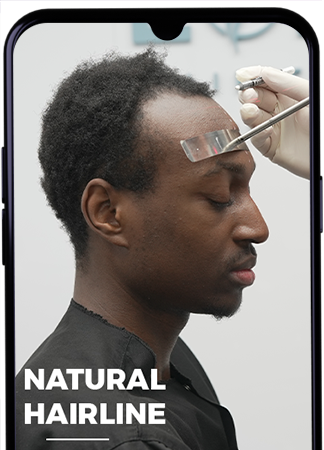
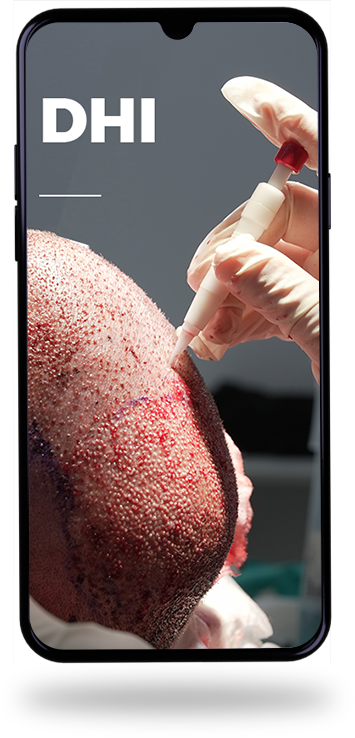

Depending on the size of the area being restored, the procedure can take anywhere from 6 to 10 hours. Careful application of the correct technique is critical to the success of the procedure. Hair transplantation offers significant psychological benefits, as it can restore a person's self-confidence and improve their emotional well-being in social settings. The improved appearance can have a positive impact on a person's personal and professional life, fulfilling not only aesthetic desires but also long-held dreams of hair restoration. While there are several methods of hair transplantation, they all share a common goal: to restore hair in a way that looks natural and permanent. The use of local anesthesia makes the procedure virtually painless, allowing patients to remain awake and comfortable throughout the procedure. Although Follicular Unit Transplantation (FUT) is not the preferred method today, techniques such as Follicular Unit Extraction (FUE) and Direct Hair Implantation (DHI) are widely used. And with modern advancements, recovery times are shorter and results are more natural looking than ever before. This combination of medical expertise, careful planning, and state-of-the-art techniques is making hair transplantation an increasingly popular choice for those seeking to address hair loss.
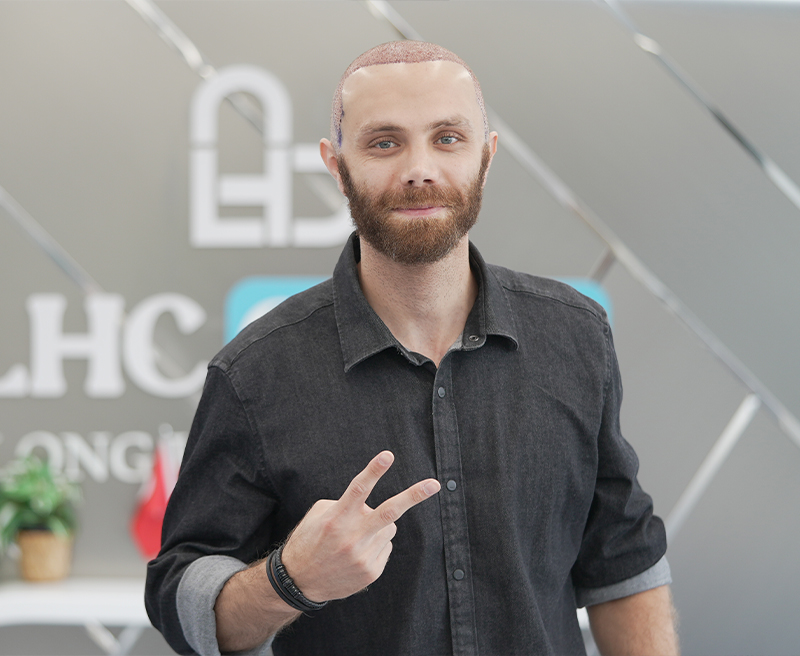
Eine Haartransplantation sollte in einer sterilen Krankenhausumgebung durchgeführt werden Bedingungen durch ein vollqualifiziertes Team. Da sind viele Es gibt verschiedene Techniken für die Haartransplantation, und die geeignete Technik ist von Person zu Person unterschiedlich Person basierend auf Alter, Geschlecht, Haartyp, Rate und Muster des Haarausfalls, Qualität des Spenderbereichs und Grad der Kahlheit. Die gebräuchlichsten Techniken einschließen<br> FUE,<br> SAPHIR FUE,<br> DHI FUE,<br> Schmerzlose Haartransplantation,<br> Haartransplantation mit Sedierung.<br>
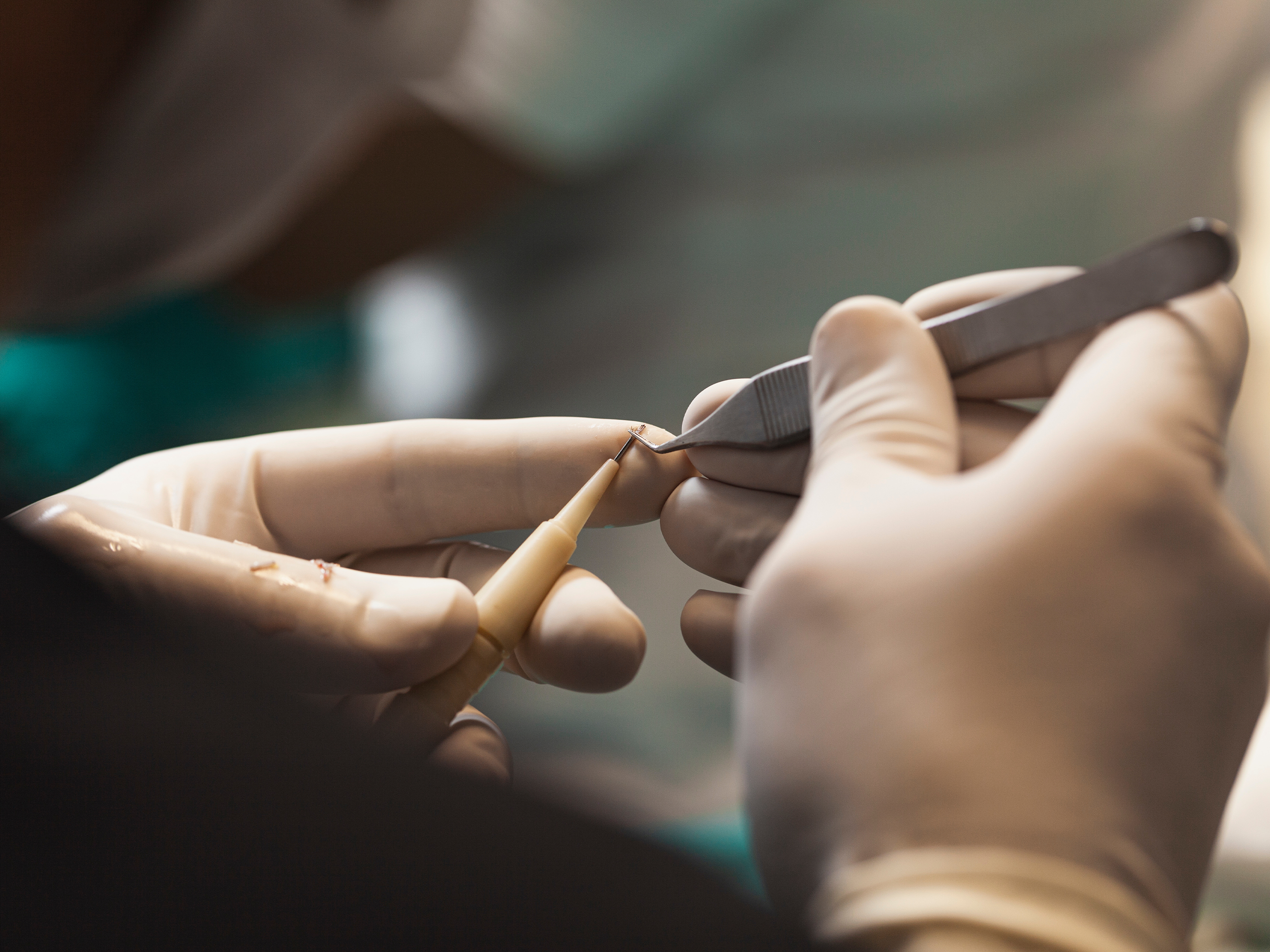
Die geeignete Altersspanne für eine Haartransplantation kann von Person zu Person variieren und hängt im Allgemeinen vom Ausmaß des Haarausfalls und genetischen Faktoren ab. In der Regel liegt die am besten geeignete Altersspanne für eine Haartransplantation zwischen 20 und 65 Jahren.
Die Haartransplantation ist ein chirurgisches Verfahren, das eine natürliche und dauerhafte Verpflanzung von Haaren in dünnen oder kahlen Bereiche ermöglicht. In der Regel werden Haarfollikel in Form kleiner Gewebestücke, so genannter "Grafts", aus dem Spenderbereich (in der Regel dem Hinterkopf und dem Bartbereich) entnommen und dann in die Empfängerbereiche implantiert, wo sie benötigt werden.
Die Haartransplantation ist eine chirurgische Lösung für den Haarausfall. Geeignete Patienten hängen von Faktoren wie der Ursache des Haarausfalls, dem Stadium, dem Alter, der Gesundheit, der Verfügbarkeit von Spenderhaar, den Erwartungen, der psychologischen Bereitschaft, der Bereitschaft zur Nachsorge und der Haarbeschaffenheit ab. Die Beratung durch einen erfahrenen Chirurgen ist von entscheidender Bedeutung für eine individuelle Beratung und die Erörterung von Techniken wie FUT oder FUE. Nicht jeder ist ein geeigneter Kandidat, und es können auch alternative Behandlungen vorgeschlagen werden.
Welche Methode für eine Haartransplantation am besten geeignet ist, hängt von den individuellen Merkmalen, dem Ausmaß des Haarausfalls, der Menge an verfügbarem Spenderhaar, den Erwartungen sowie der Erfahrung und den Vorlieben des Chirurgen ab. Ein Haartransplantationsspezialist kann die am besten geeignete Methode bestimmen, indem er den Zustand der Person beurteilt. Wichtig ist, dass sie von einem erfahrenen Chirurgen korrekt angewandt wird und den Bedürfnissen des Einzelnen entspricht. Sowohl mit der DHI-Methode (Direct Hair Implantation) als auch mit der FUE-Methode (Follicular Unit Extraction) können erfolgreiche Ergebnisse erzielt werden.
Während der Haartransplantation werden in der Regel nur minimale Schmerzen oder Unannehmlichkeiten empfunden. Vor dem Eingriff wird in der Regel eine schmerzfreie Anästhesie verabreicht, die dazu beiträgt, das Schmerzempfinden im behandelten Bereich zu verringern oder zu beseitigen. Daher können die meisten Menschen den Eingriff problemlos überstehen.
Die Haartransplantation gilt im Allgemeinen als dauerhafte Lösung. Die transplantierten Haare, die in der Regel aus Haarfollikeln aus dem Spendergebiet bestehen, fallen nicht aus. Die Haarfollikel im Spenderbereich sind genetisch auf Dauerhaftigkeit programmiert, so dass sie nicht dazu neigen, auszufallen. Daher kommt es an den Stellen, an denen die Haartransplantation durchgeführt wird, zu keinem Haarausfall.
